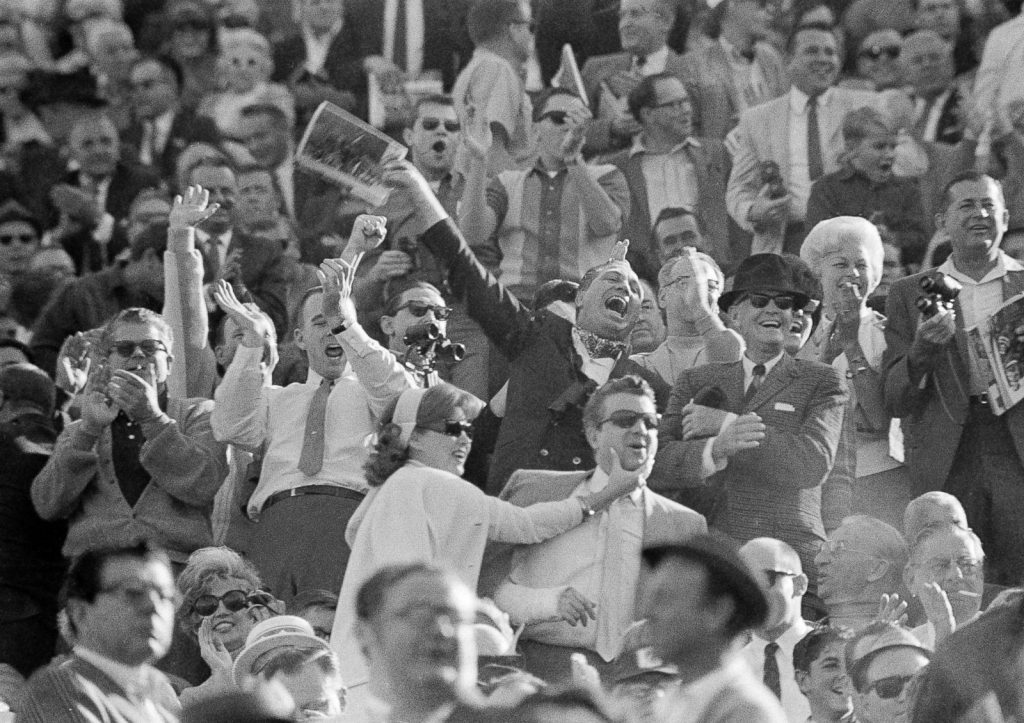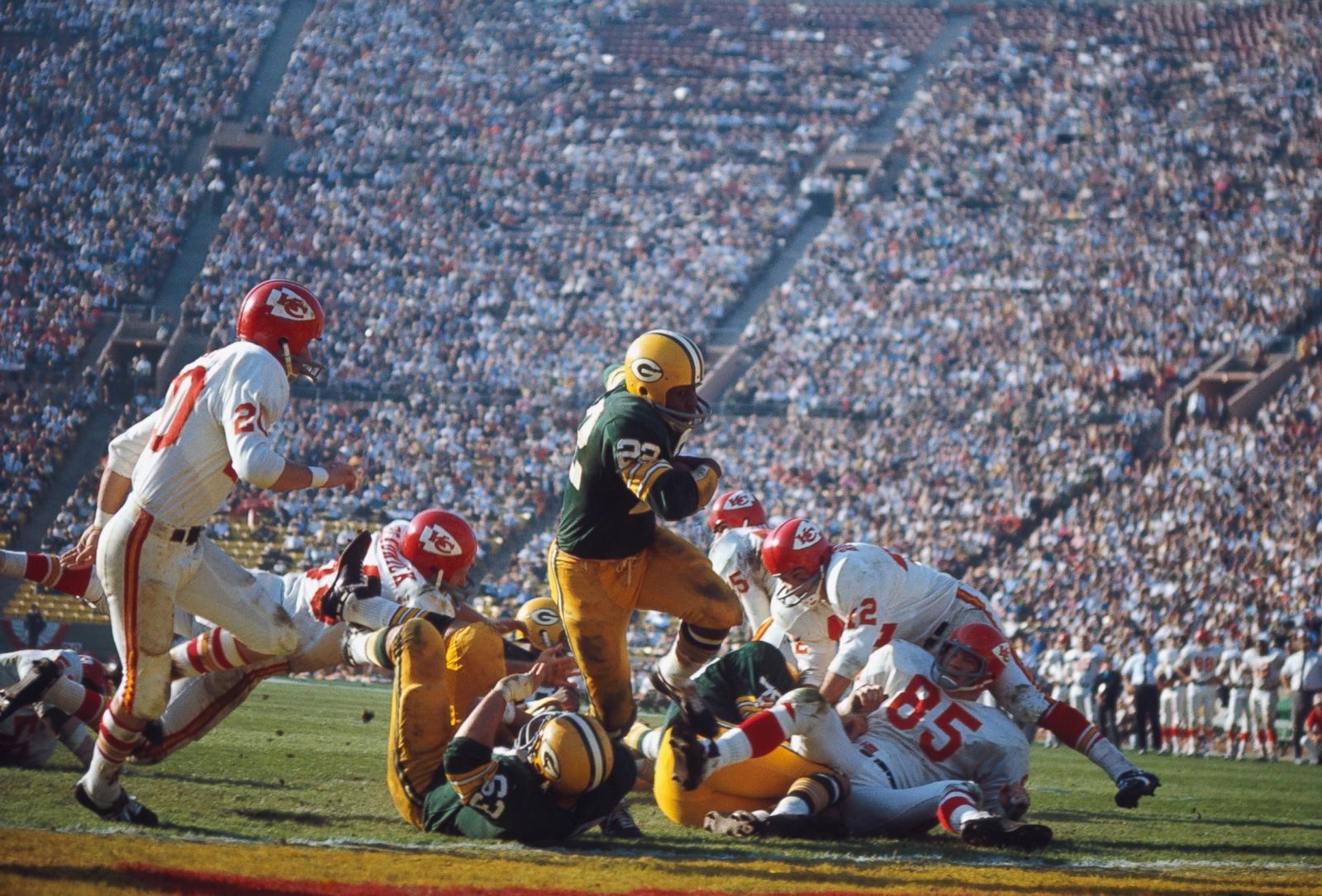Space on a page is always at a premium. White space even more so. Since you can’t tell a story with a blank page, you need to be economical with both your dialogue, action and scene descriptions. That’s why your descriptions need to be as concise and powerful as possible.
The key to writing concise and effective descriptions primarily in their ability to stimulate the human senses to allow the reader to imagine possibilities of where your story is at and where it might go. Effective descriptions are about eliciting emotional responses through these senses to create an active and engaged reader.
A sense is a biological system used by an organism for the process of gathering information about the surroundings through the detection and process of external stimuli. If you touch something hot, you pull your hand away quickly. If you touch a hot script, you keep turning the pages until the end.
Let’s begin by stating the most common human senses. We’ll use images to guide you through they can best expressed in your screenplay.
- sight
- hearing
- touch
- space
- taste
- smell
Sight
Sight refers to what a character sees as well as how they are seen by the audience and other characters. Is someone seen in plain sight or are they being observed from a distance, a hidden spot, or through a surveillance camera. These are essential details that set the stage for your reader.
Consider a popular locale such as the Super Bowl. You can simply use that term to give readers a broad sense of the place ins your scene headings, action, and dialogue. Try getting even more specific such as the first ever Super Bowl on January 15, 1967 when the Green Bay Packers beat the Kansas City Chiefs 35-10 in your script to evoke a sense of time and place. Some of your readers may have been there or watched a recording of it. This creates a deeper connection. For those who didn’t attend the game, writers should create a sense of what the event was like on the page.
What did the Los Angeles Coliseum look like? Probably, similar to what it looks like today. That’s fine. It’s a Los Angeles landmark and generates a sense of venerability, history, and nostalgia. Consider which of these words you might use.
What were the ticket prices? Ten bucks – or just under a hundred in today’s terms. What might a conversation between two people about to buy tickets sound like? Is the cost too high or worth every penny? If such scenes are an essential part of your Super Bowl 1 story, it’s a great way to build characters beyond their dialogue. What did people wear in the 60s? Use descriptors like a “60s knitted shirt” in your character descriptions.
Capture these reactions, facial and hand gestures, and body language to represent the range of emotions – excitement, thrill, disappointment if they missed out on tickets.

The Los Angeles Memorial Coliseum on January 15, 1967 during Super Bowl 1. Photo by Associated Press
The vintage image of the stadium above certainly captures the essence of the times – an excited crowd releasing helium-filled balloons, a quaint troop of entertainers in a formation of the contiguous United States. The letter blocks spelling out Super Bowl are resplendent of a suburban bowling alley built in that decade. Pure nostalgia. Consider how a reader might process this description. Can it be shortened to make it punchier? How else might the energy of the stadium be described visually?
Hearing
Look at the image below. The crowd roars as the Packers score. Is the noise loud, deafening, or average? What might the attendees, players, and coaches be saying? Why is the lady holding the man’s chin? Did he not see the touchdown?
Descriptions should vary from the broad to the smaller details. You can use verbs like cheer, clap, wave hands in the air to describe the actions. The emotions are jubilant, ecstatic, happy and exhilarating. Take your pick from this assortment or choose a more precise word to capture the sounds.
Back to the lady holding the man’s chin. Why? Did he think the ball was over the line? Was it a foul? These smaller moments add texture and variety to your story. Only add them to your script if they provide story value such as setting up a future plot point.
Consider the guy on the left lighting up a cigarette. He seems distracted and not really enjoying the game. Perhaps he’s a spy so he stays low key.

Green Bay Packers fans. Photo by Associated Press
Space & Touch
The image below stimulates a range of senses including space and touch. The players are in a tight space with lots of physical contact. The Green Bay player has the ball and tries to run over his team mates without tripping over them. There’s kicking, grabbing, snatching, tackling, pushing, shoving, and rolling in this image.
Which other senses might you describe amid all the action? Definitely sight and sound as the players feed off the crowd as well as each other.

Super Bowl 1. Photo by Associated Press
Taste & Smell
This photo wasn’t taken at the Super Bowl 1, but you can bet your bottom dollar this hot dog smelled and tasted as good as it looks. Extra mustard and ketchup please.

Joey Chestnut. Photo by Sarah Stier/ Associated Press
Being mindful of how you can describe a scenes using all the human senses can augment your reader’s perception of your screenplay beyond character and dialogue.
